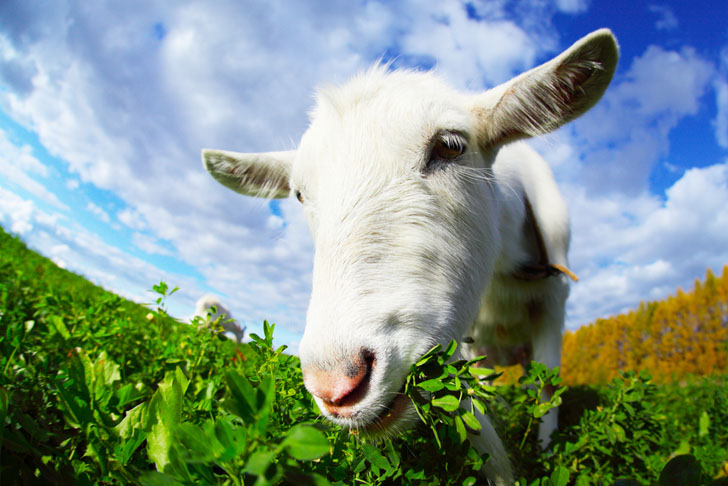Many cattle producers spend a large amount of money each year to control undesired plants (weeds and brush). Producers incur the primary cost by purchasing herbicides and hiring equipment and operators to clear brush and reclaim lands that have become unable to support cattle at an acceptable production level. In order for today’s producers to have a chance at making an almighty dollar, every acre of ground capable of being productive must be used. Enter goats.
Goats possess a unique characteristic that separates them from almost all other types of livestock. They would rather eat brush and weeds than grass because they are browsers, whereas cattle are grazers. Browse makes up approximately 60 percent of a goat’s diet but only about 10 to 15 percent of a cow’s.
Another advantage of goats is that, unlike a bulldozer, they control brush and weeds without disturbing the existing grass and soil. They also do not leave synthetic chemicals that could run off into lakes and streams or be ingested by a cow or other animal. These characteristics make goats ideal candidates for multispecific many species rotational grazing. The goats can be rotated in to eliminate most of the undesirable vegetation (from a cow’s perspective), and then the cows can come behind them to graze the grass without having to pick through as many weeds.
You can also add chickens into the mix as well. The chickens follow after the grazers to eat up larva and insects that would be harmful to the grazers. For instance, roundworm and tapeworm larva pass through a cow and are deposited on the ground. When they’re developed they climb up on the grass and wait for other cows to come by and eat them. So you either have to use deworming medicine on the cattle or alternatively use the chickens to break the cycle by eating the worm larva. The by product is also beneficial with the scratching and the chicken droppings which are one of most nitrogen rich droppings there are – and you get organic eggs.
In the video below you’ll learn that the Wyoming battles between sheepherders and cattlemen are legendary and harrowing. With that turbulent history it is a little surprising that the daughter of an old Wyoming ranching family is a leading force behind weed management with goats today. We’ll learn about the clever niche Lonie Malmberg and her son Donny have carved for goats in the heart of Cheyenne city limits. We’ll also meet a pair of goat herders weed managing for ranchers in the Devils Tower area. Check it out below…
If you like this idea, be sure to share it with your friends and inspire someone you know. Anything becomes possible with just a little inspiration…

